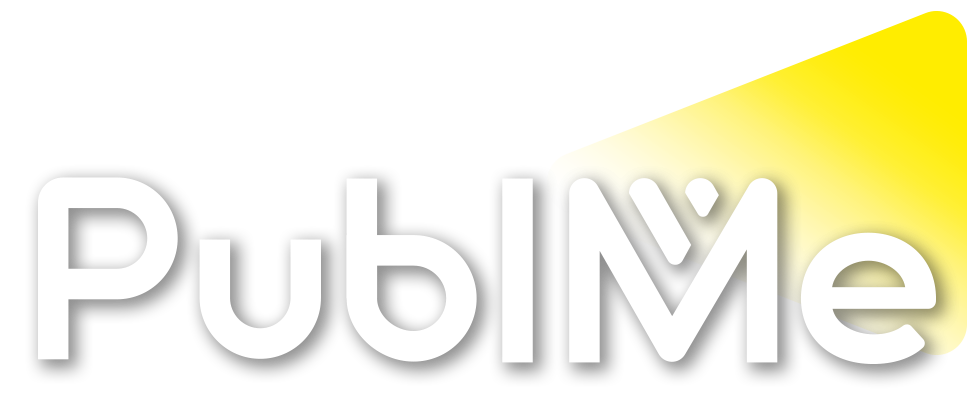Reaction thread #31762
The Dorian Scale for Jazz ImprovisationUnderstanding the Dorian Scale
Dorian is the 2nd mode of the major scale. So if we start any major scale on the 2nd degree we get a dorian scale.
Step 1 – We are going to play the major scale and then the related dorian scale.
A useful variation of this step is to understand where the half-steps are in the dorian scale and then play all dorian scales without considering the related major scale.
Step 2 – Play all dorian scales by thinking of where the half-steps are and the degrees that you’re playing. The formula for dorian is W H W W W H W.
And the scale degrees are 1 2 b3 4 5 6 and b7.
Chordal Implications of the Dorian Scale
If we stack notes from the Dorian scale by 3rds, we get a m7(9,11,13) chord.
So this scale is ideal for related 2 chords. Related 2 chords are m7 chords that are followed by the related V chord.
For example: in a Dm7 G7 progression, the Dm7 is the related 2 chord of the G7 chord because Dm7 to G7 is a 2-5.
But, not all m7 chords are good candidates for the Dorian scale. In the progression Cmaj7 Am7 Dm7 G7, the Am7 does not want to be paired with the dorian scale. And that’s because Am dorian contains an F# which is not part of the C major scale. And of course Am7 is not part of a 2-5.
Another possible use of the dorian scale on m7 chords is on modal tunes, like in Recorda-me. In this case the Am7 pairs well with the Dorian scale. You can even see how the F# is part of the melody under the Am7 chord.
It is also worth noting that the 13 in Dorian is a tricky note to use on a m7 chord acting as a related 2. And that’s because the 13 creates a tritone with the b3 of the chord. In a Dm7 the 13th is B and the b3 is F. These two notes create a tritone F to B which is exactly what the V chord (G7 in our case) uses to create tension. That does not happen in a modal context -as I’ve shown you before in Recorda-me.
Step 3 – Play the dorian scale in 3rds like this:
Notice how we are arpeggiating the m7 chord and then we introduce tensions 9 and 11, and finally tension 13.
Pay attention at how tension 13th sounds in this m7 context. It turns the sound of the m7 into a dorian modal sound.
Applying the Dorian Scale
The last 3 steps are more about lines using the dorian scale in a 2 -5 progression.
Step 4 – Play an arpeggio with the 9th as an approach tone, and we end up landing on the 9th, which is the 13th of the V chord.
Bebop-izing the Dorian Scale
We turn the dorian scale into a Bebop scale using a chromatic passing tone.
Step 5 – Start on the root of the scale and use the maj7 as a passing tone between the root and the b7. The cool thing about the bebop scales is that all the chord-tones from the m7 chord are played on the downbeats, while the rest of the notes from the dorian scale are used as passing tones.
Step 6 – We’re going to add two chromatic passing tones, which allows us to start on the 9th of the dorian scale.
If you’re looking for a complete course on the modes of the major scale and how to use them for jazz improvisation, you can check out Jazz Scales & Modes Vol.1: A Guide To Improvisation available for Piano, Bass Instruments, Bb and Eb Instruments.
Learn more on mDecks.com
The Dorian Scale for Jazz Improvisation
mdecksmusic.comUnderstanding the Dorian Scale Dorian is the 2nd mode of the major scale. So if we start any major scale on the 2nd degree we get a dorian scale. Step 1 – We are going to play the major scale…
İbrahim
@ibrahim1337mdabidurrahaman
@Abidur0786salvatormusiclimited
@SalvatorArtem Vassiliev
@Velisav





